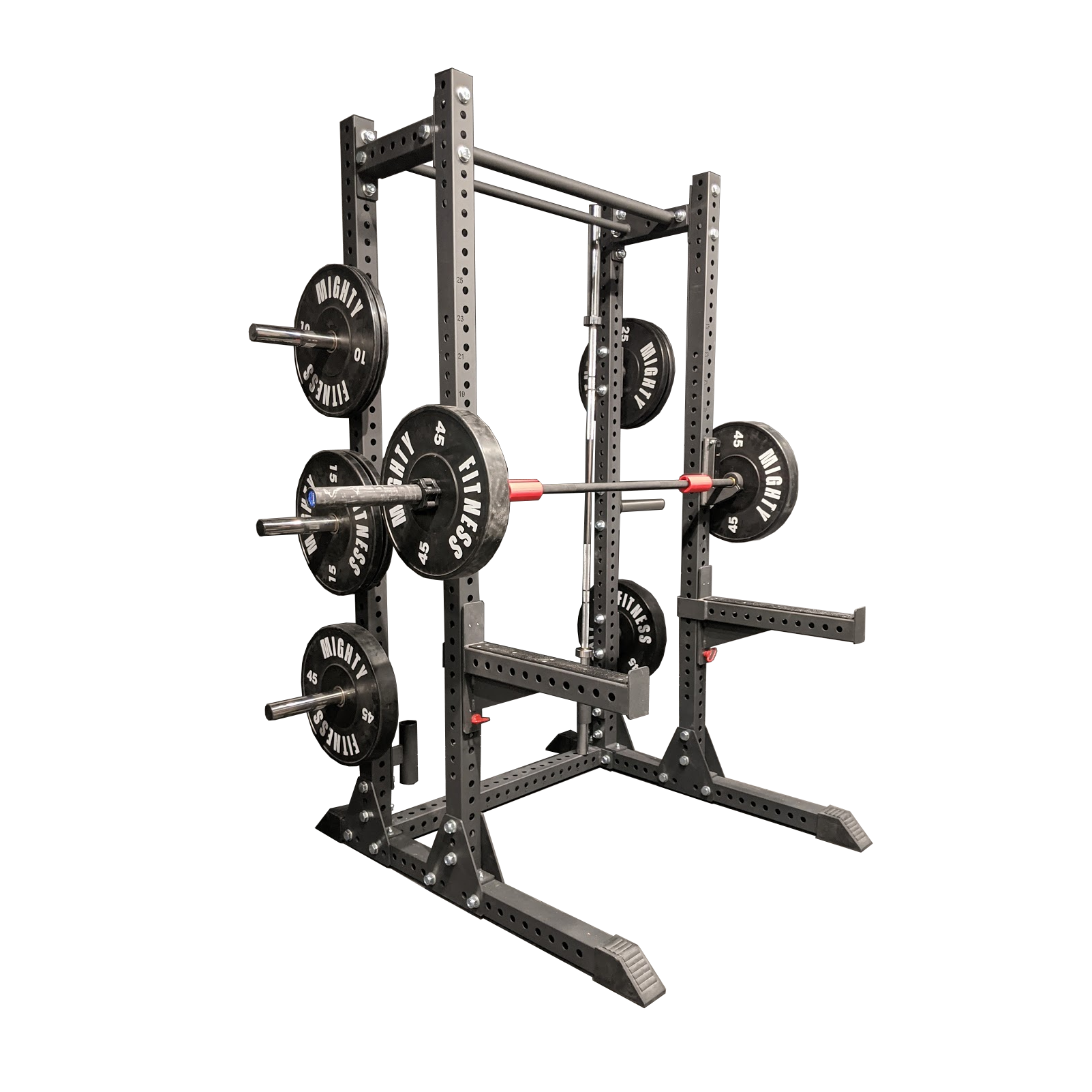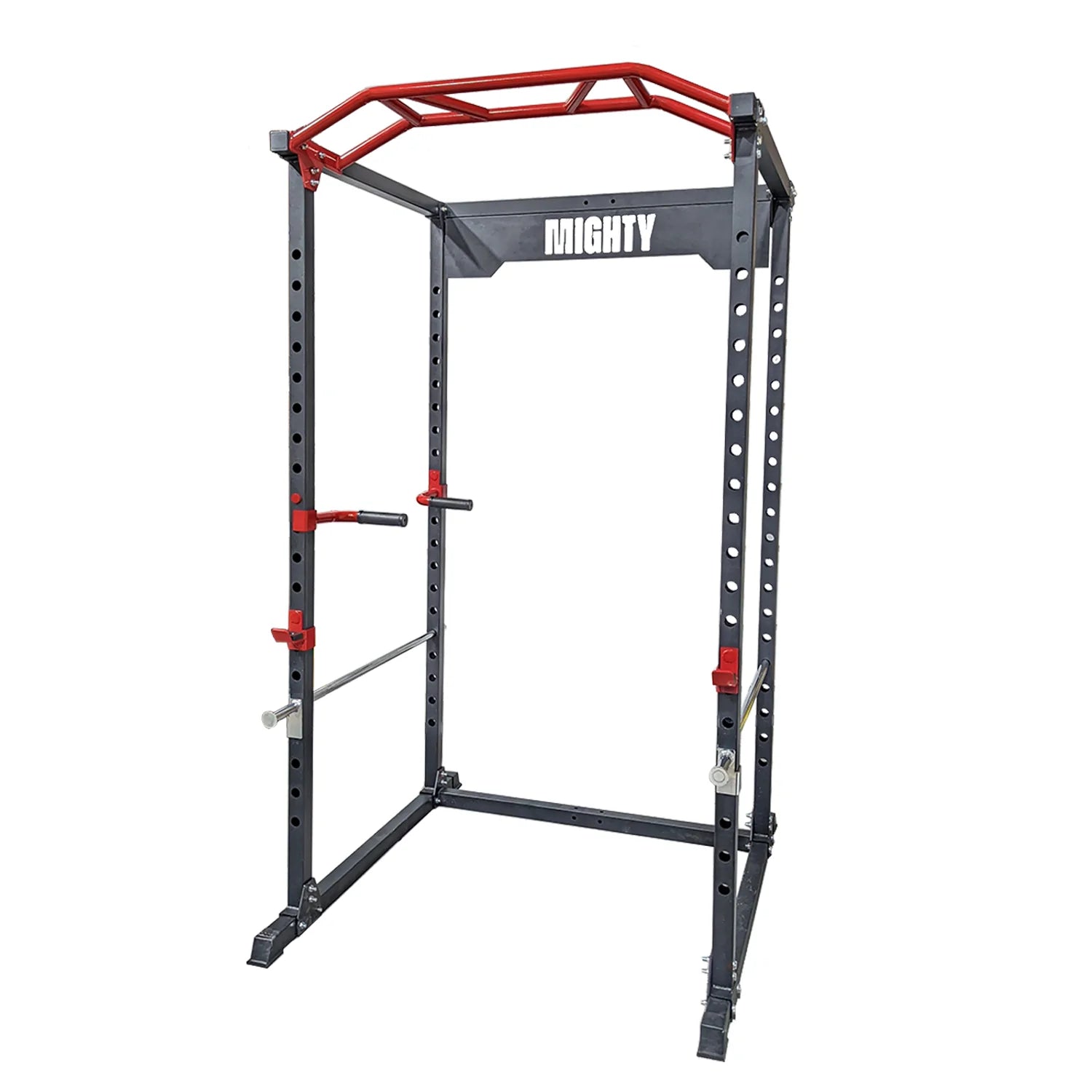Iron Cast Plates Vs. Bumper Plates Vs. Competition Plates
Introduction
Fitness equipment has come a long way, and now even buying something as simple as plates and bars seems complicated. Choosing weight plates is so much more than just looking at their weight, as there are plenty of different factors you need to consider.
Some of the most popular gym equipment include cast iron plates and bumper plates among others. And, during this time of uncertainty when people are shifting to at-home gyms, a common point that almost everybody ponders over is “Should I buy bumper plater or iron plates?”. And, if you too are indecisive over this trivial yet critical issue, don’t worry. We’ve got you covered. This article will briefly explain the differences between iron cast plates vs. bumper plates vs. competition plates. Once you finish reading this post, you will know exactly which plate type you should use in your home gym, so read on.
Iron Cast Plates - Budget Friendly, And Great For Bodybuilding

Man bench pressing with weights
One of those iconic sounds from "Pumping iron" of old-school gyms is huge guys grunting and plates clunking together. And whenever you see bodybuilders doing biceps curls or bench presses, they will use cast iron plates.
The benefits of cast iron are durability and simplicity. With these, you know exactly what you get - a sturdy piece of iron that puts tension on your muscles as you lift. Another benefit is that cast iron weights are widely available, and they are much more affordable when compared to bumper and competition plates. If you are on a tight budget and your primary focus is bodybuilding, cast iron plates will do just fine.
However, if you are interested in performing Olympic lifts, or do CrossFit workouts, cast iron plates are not an option. Dropping a barbell fully loaded with cast iron plates to the floor after completing a snatch is not the best idea. Plates will break, you can injure yourself, and the floor beneath will be ruined.
Bumper Plates - Best For Casual Weightlifters

Rubber weights in the gym
Bumper plates, also known as bumpers or more commonly as rubber plates, are made of very thick rubber. This dense material absorbs the force, making them safe to drop. Bumper plates are made for Olympic weightlifting. When you drop them from height, they won't crack up and won't damage the floor beneath either.
However, that doesn't mean you can only do Olympic lifts with bumper plates and limit cast iron plates to bodybuilding. The weight is still the same, and if you decide to do a bench press with rubber plates, you can.
The only issue is that bumper plates are much more expensive than cast iron plates. But, they can be a good long-term investment because of their durability. If you only focus on bodybuilding and strength work and never plan to do any of the highly technical Olympic lifts, bumpers are not the best option.
Competition Plates - For Those Looking To Compete

Woman lifting weights in a competition
Competition plates are finely tuned bumper plates intended for professionals and competitions. All competition plates are carefully measured and calibrated, with minimal weight deviation. They usually have a certificate that guarantees the weights match the intended weight.
While this might seem trivial, in a competitive environment, those small differences can add up and become a deciding factor when trying to break records.
Competition plates are also thinner than bumper weights. This allows you to add more weight to the bar and in smaller increments, which helps when you try to break your personal best.
Another benefit is that competition weights usually have less bounce than regular bumper plates. This allows better bar control, as you don't have to waste time and energy stabilizing the bar once you drop it. You will be able to perform your next rep sooner, which matters if you compete in CrossFit.
Also, competition weights are even more durable than regular bumpers, as their quality standards are much higher.
But, all of this comes to a cost - competition plates are much more expensive than standard bumper plates.
Iron Cast Plates Vs. Bumper Plates Vs. Competition Plates Which Are Right For Your Home Gym?

Woman lifting weights in the gym
When choosing iron cast, rubber and competition plates, the first deciding factor should be whether or not you plan to perform Olympic weightlifting movements that require you to drop the bar to the floor:
- If the answer is no - there is no reason to buy rubber plates, let alone competition plates. This will be a complete waste of the money you can invest in other gym equipment.
- If the answer is yes - then you need to buy either bumpers or competition plates. Cast iron weights will break if you drop them, and you will damage your floor and bar too, which means that performing Olympic-style lifts with them is not an option.
But, choosing between standard bumper plates and competition plates is a more nuanced decision. That should come down to your aspirations - if you plan to compete, it makes sense to invest in quality competition plates. But, if you want to perform Olympic lifts casually or to improve your athletic performance in other sports that are not competitive weightlifting, standard bumpers will do just fine and will save you quite a bit of money too.
Can You Combine Plates?

Man lifting combined weights
Now, coming down to the big question. Can you use bumper plates with iron plates? To answer that, yes, you can combine them, but not for every purpose.
For example, it makes no difference which type of plates you use when bench pressing, squatting, or doing overhead presses. In fact, for most bodybuilding barbell movements, combining plates is not a problem, as long as you use the same amount of weight on both sides and the same type of plates on both sides too. For example, don't load four bumpers on one side and four cast iron plates on the other side - make it two on each side instead. Therefore, if you lack cast iron weights when trying to beat your bench PR, feel free to load the bar with bumpers that you have available.
Don't use cast iron plates for Olympic lifts even when combining them with bumper plates. As for the bumper/competition combination, that can work too when training. But, keep in mind that combining standard with competition bumpers essentially kills the point of precise calibration of competition plates, as you use the non-calibrated ones on the same bar too.
Conclusion
As you can see, even if you choose the same weight, iron cast plates vs. bumper plates vs. competition plates are quite different. We hope that this article helped you decide which one fits your needs best. Now, you are ready to make a smart decision and invest in quality weight plates that will serve you in years to come, helping you build a great body and reach new personal bests. Thanks for reading!



